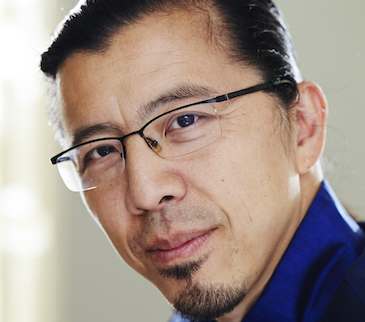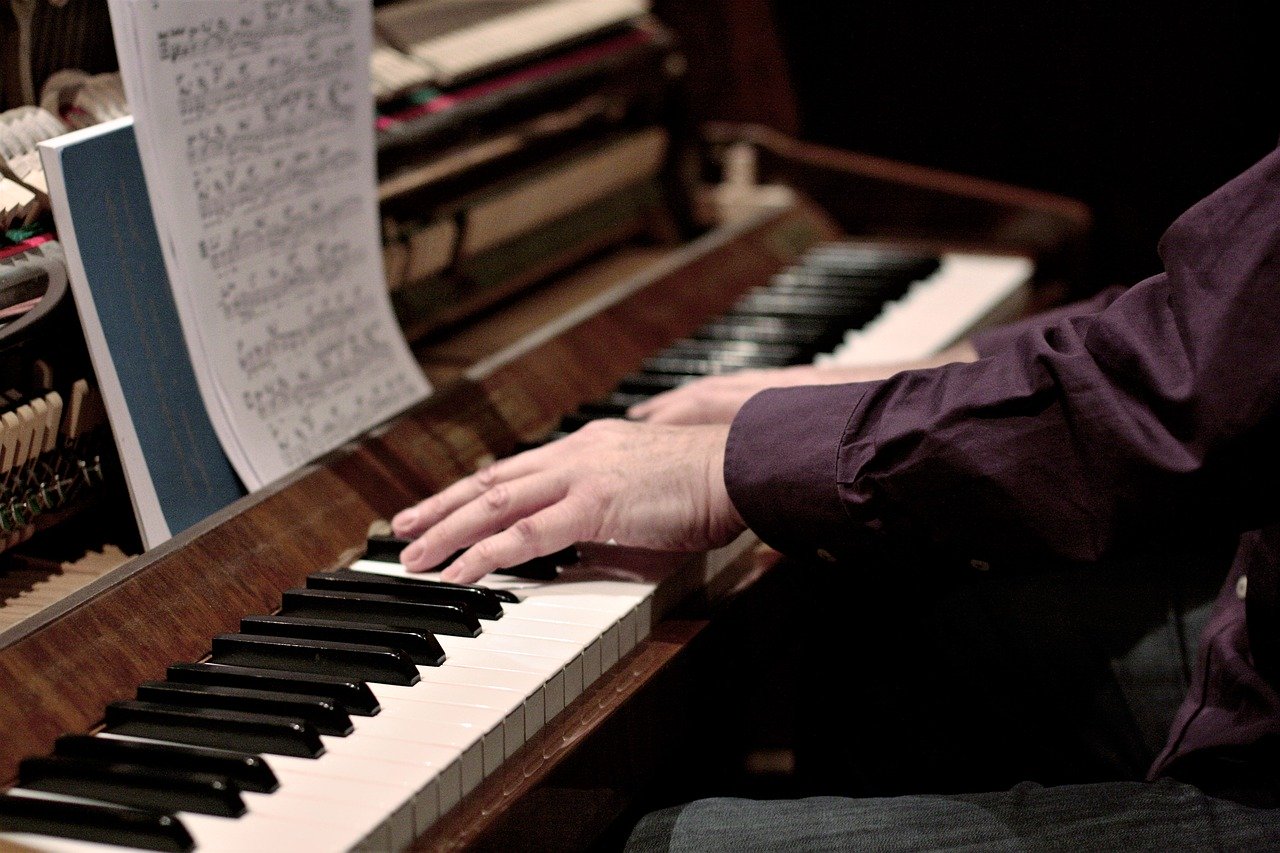It’s important to me that my students are introduced to the music of Chopin and composers of his generation early because modern piano technique starts with him. I have particular pieces that I find very useful when I am working with students to improve their sound and coordination. A piece that works well for my approach is Chopin’s C minor Nocturne op. 48 no. 1. It is a wonderful piece and is useful because he writes something fantastic in the left hand. He writes all the bass chords with staccato dots and pedal. How is it possible to play staccato with pedal? Is he asking the impossible? Of course not. The way he writes tells us how to play, and suggests it is reasonable l to do so. We can get staccato and pedal together if we play this on the surface of the keyboard, don’t hold, and play softly and fast on the repetition point, not at the bottom of the key. So when Chopin writes those staccato notes, he is giving us advice. In the right hand of the Nocturne, Chopin writes tenuto. His tenuto is a totally different way to play, as well. Play it at the bottom of the key with weight and a long touch by the most sensitive part of our fingers, where we have skin, not close to the nail. This style of tenuto pulls out the sound and squeezes it. It’s like kneading bread.
This particular way of playing Chopin’s Nocturne can have a profound effect on how we improve our sounds on the piano. It would be fantastic to create a new generation of piano students that already have that set of principles in their playing.
Chopin shows us that the pedal doesn’t only offer two options: pedal or not pedal. There are 1000 other gradations. I invented a way of trying to talk about it for myself and my students. We can crescendo with the pedal, diminuendo with the pedal, fade out or crossfade when something is coming out or something getting off. It’s very tough to explain. Bringing in these kinds of experiments also can get the student to start to experiment too, which is valuable for both student and teacher.
Our day piano teachers have to think in a more modern way of producing sound on a piano.. We also have to risk a little and to dare a little too. Because the strict old European system said you couldn’t use anything other than your fingers to play. The system got discipline and helped students learn pieces. However, it was more of an educational system applied to piano technique than a real technical system. Eventually, I found it limiting and had to go beyond those borders. That journey was unbelievable.
Read more how to improve sound on a piano here.
Edited for length and clarity by Claire Thompson.

Daniele Petralia
Italian pianist Daniele Petralia enjoys an active concert schedule worldwide. He has performed as a soloist with Sicilian Symphony Orchestra, Massimo Bellini Theatre Orchestra, Arad State Symphony Orchestra, Orchestra of the Settimane Musicali di Stresa Academy, Donetsk Symphony Orchestra, New World Philharmonic Orchestra of Montreal, Liepaja State Symphony Orchestra, Sydney Symphony Orchestra under the direction of Vladimir Ashkenazy .
He obtained multiple First and Second Prizes at National and Internation Piano Competitions including “Prix Saint-Vincent”, “Ibla Grand Prize”,“F.P.Neglia” of Enna, “V.Bellini” of Caltanissetta, and the “Grand Prize of Princess Lalla Meriem” the prestigious International Piano Competitions of “Meknès” in Morocco.



Comments are closed.